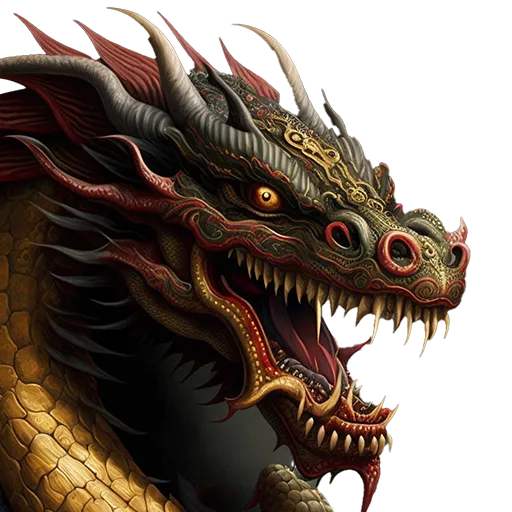Introduction to Pigua Zhang
Pigua Zhang, also written as Pi Kua Chang, is a Northern Chinese martial arts style that originated in Cang Zhou, the famous martial arts region of Hebei Province. The name literally means Split-Deflect Palm but can also be translated as Axe-Hitch Palm. The style is also known as Pigua Quan (Split-Deflect Boxing).
The characteristics of Pigua Zhang are wide sweeping, swinging, and chopping movements that often resemble the swinging of an axe, thus the name Split-Deflect Palm or Axe-Hitch Palm. The style requires considerable upper-body looseness and flexibility. Beginners must devote time during basic training to exercises and fundamental techniques that encourage the development of these attributes.
Advanced practitioners of Pigua Zhang can swing their arms with such great speed and looseness that their limbs appear to have no bones. Pigua is a style that is not suitable for people who are heavily muscular or have a thick upper body, since this hinders the execution of the free swinging and large chopping techniques.
While Pigua Zhang favors arm techniques that feature the open hand, the style also contains kicking techniques as well as jump kicks. Although kicks are considered secondary to hand techniques, they nevertheless play an important role in fighting.
One of the key fighting aspects of Pigua is the returning striking path of many techniques. A downward swinging strike that misses its target, due to an opponent’s evasive or blocking action, will often hit that same target on the technique’s return path. This peculiarity aids and reinforces each strike.
Whether in the execution of single movements or in the combination of several techniques, Pigua Zhang requires fluidity, dexterity, agility, and accuracy. It is through the proper development of these qualities that the practitioner generates great speed and power.In our school, the Pigua Zhang is offered as complementary training to our Baji Quan training, adhering to the style taught to me by Grandmaster Tony Yang. The looseness, wide swinging and chopping motions of Pigua blend well with the compact and solid techniques of Baji.
